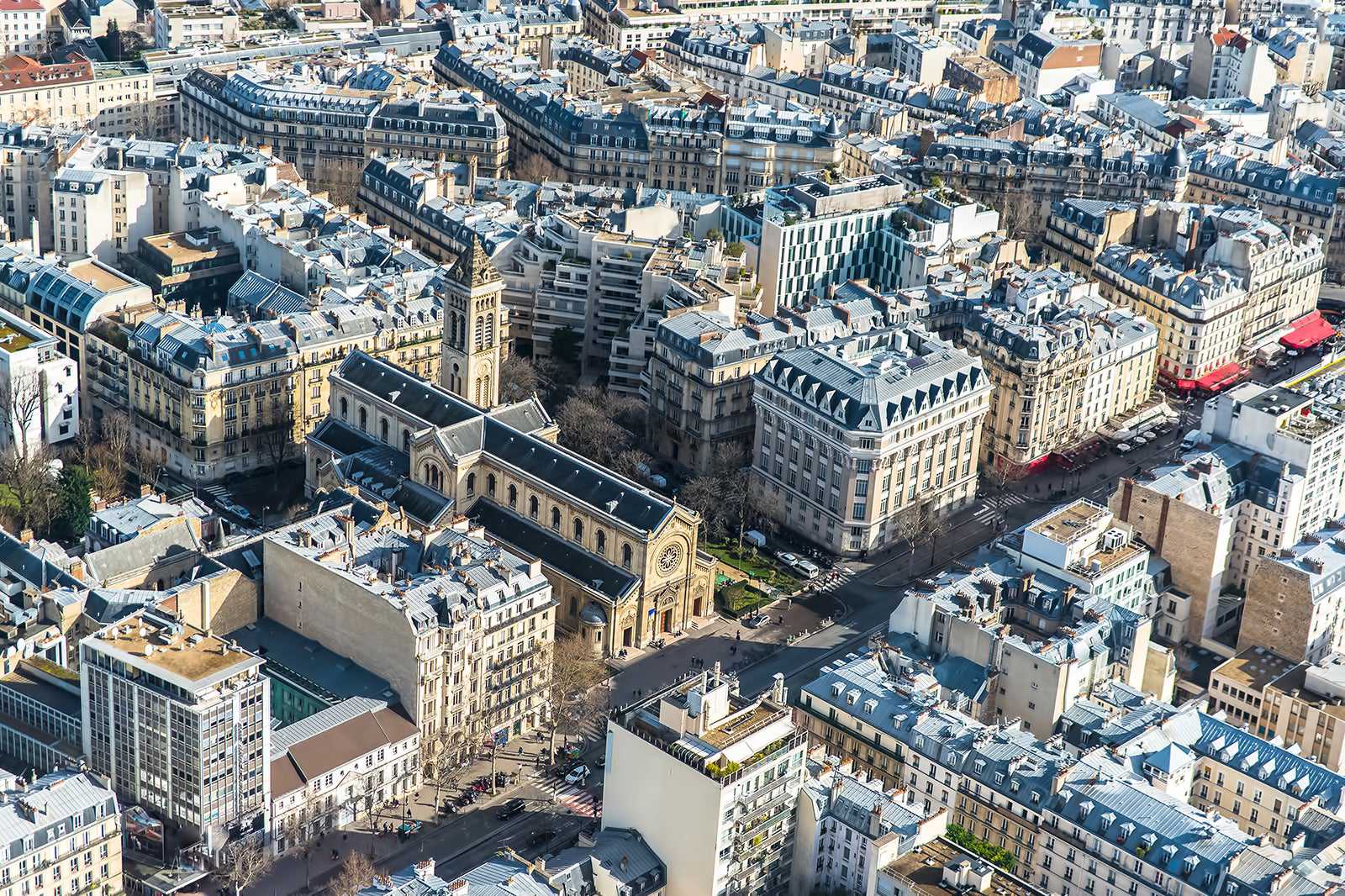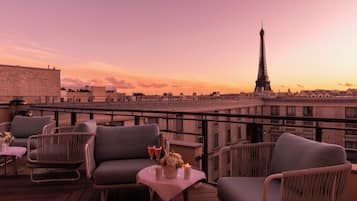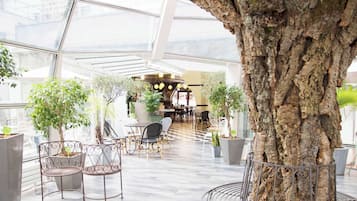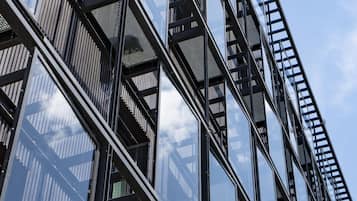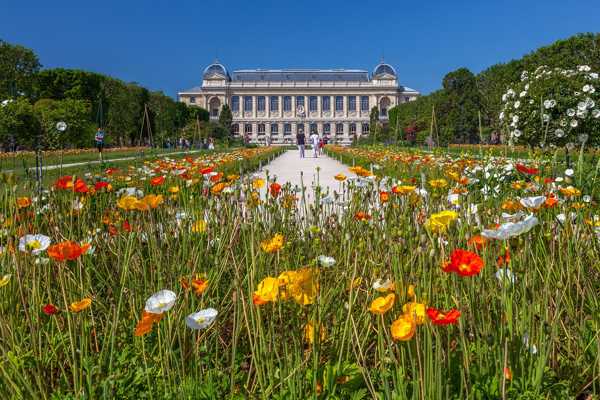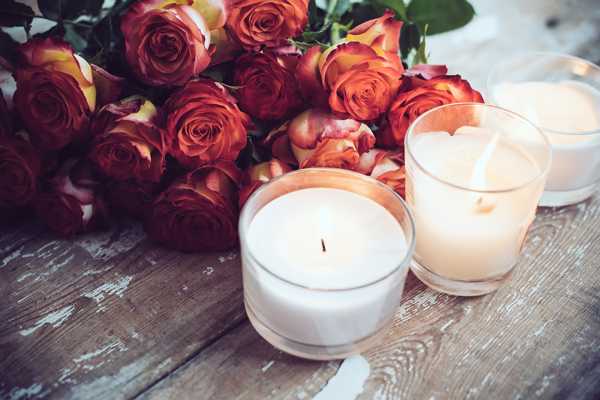Montparnasse is an area tucked away in a corner of the 14th arrondissement of Paris. That puts it on the south side of the city, where the Jardin du Luxembourg rolls into the wide Boulevard Raspail on the left-hand banks of the River Seine.
Although the Montparnasse neighbourhood is still largely off the radar – save a few key sights – it offers plenty in terms of culture and character. This is thanks largely to onetime regulars such as Ernest Hemingway and a bohemian cafe scene to rival any European neighbourhood.
Montparnasse in Paris - one of the highlights of 11 Most Popular Neighbourhoods in Paris (Read all about Paris here)
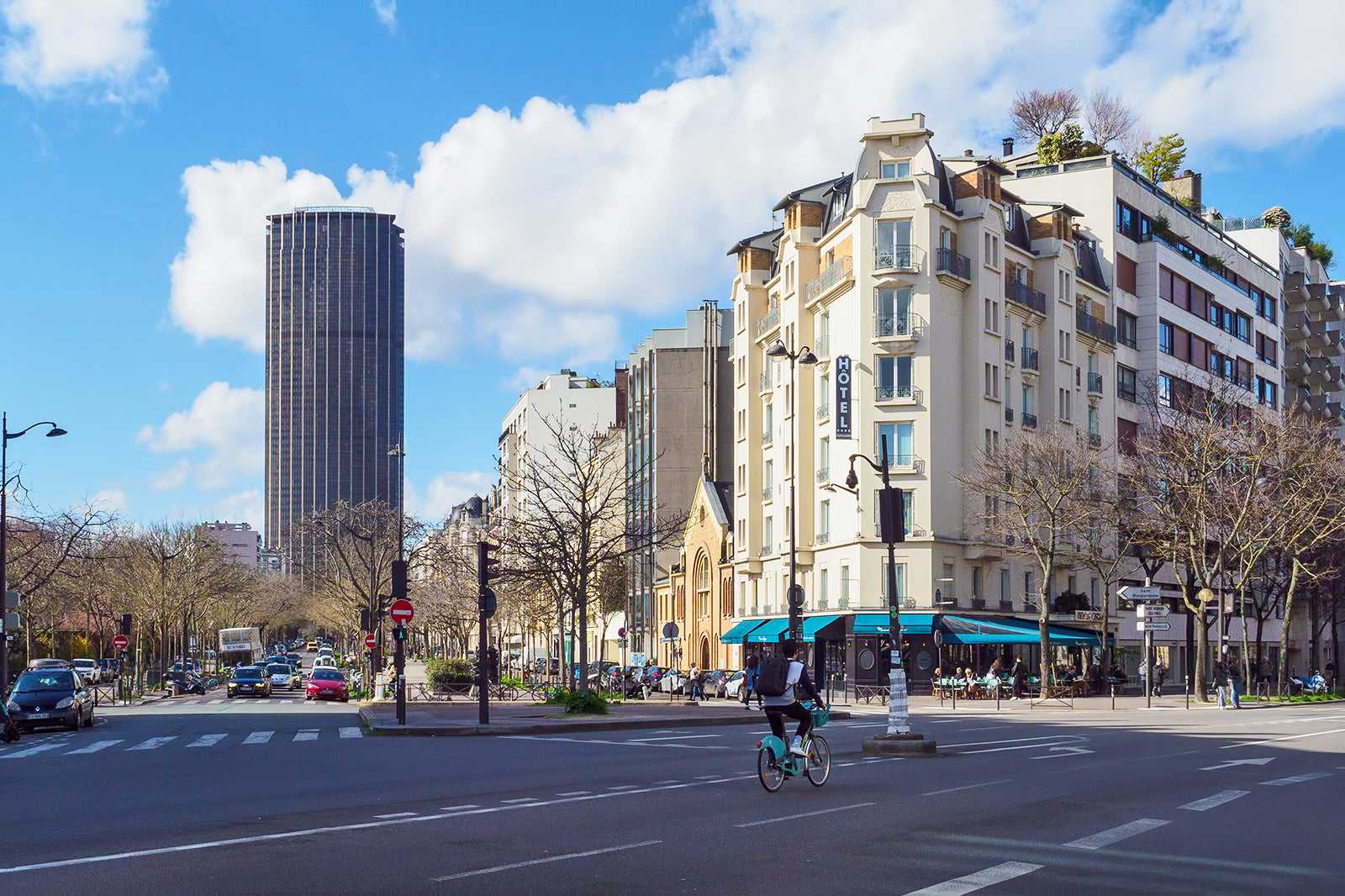
A brief history of Montparnasse in Paris
Montparnasse got its name from the mythical Mount Parnassus of Greece, said to be the home of the muses. It was a fitting beginning for an area that started as a popular haunt for literary students in the 17th century, before being officially joined to the city of Paris in 1669.
The district was then something of a hedonistic hot spot in the 1800s. The tumultuous times of the French Revolution saw the Boulevard Montparnasse as a medley of bordellos and cabaret halls. By the roaring 1920s, the area was once again embracing its bohemian beginnings, hosting artists and writers like Jean Cocteau, Salvador Dalí, Degas, Beckett – the list goes on.
That was all changed by WWII. The artsy vibe receded, and Montparnasse became a business centre and transport hub as the likes of the Montparnasse Tower were added to the skyline.
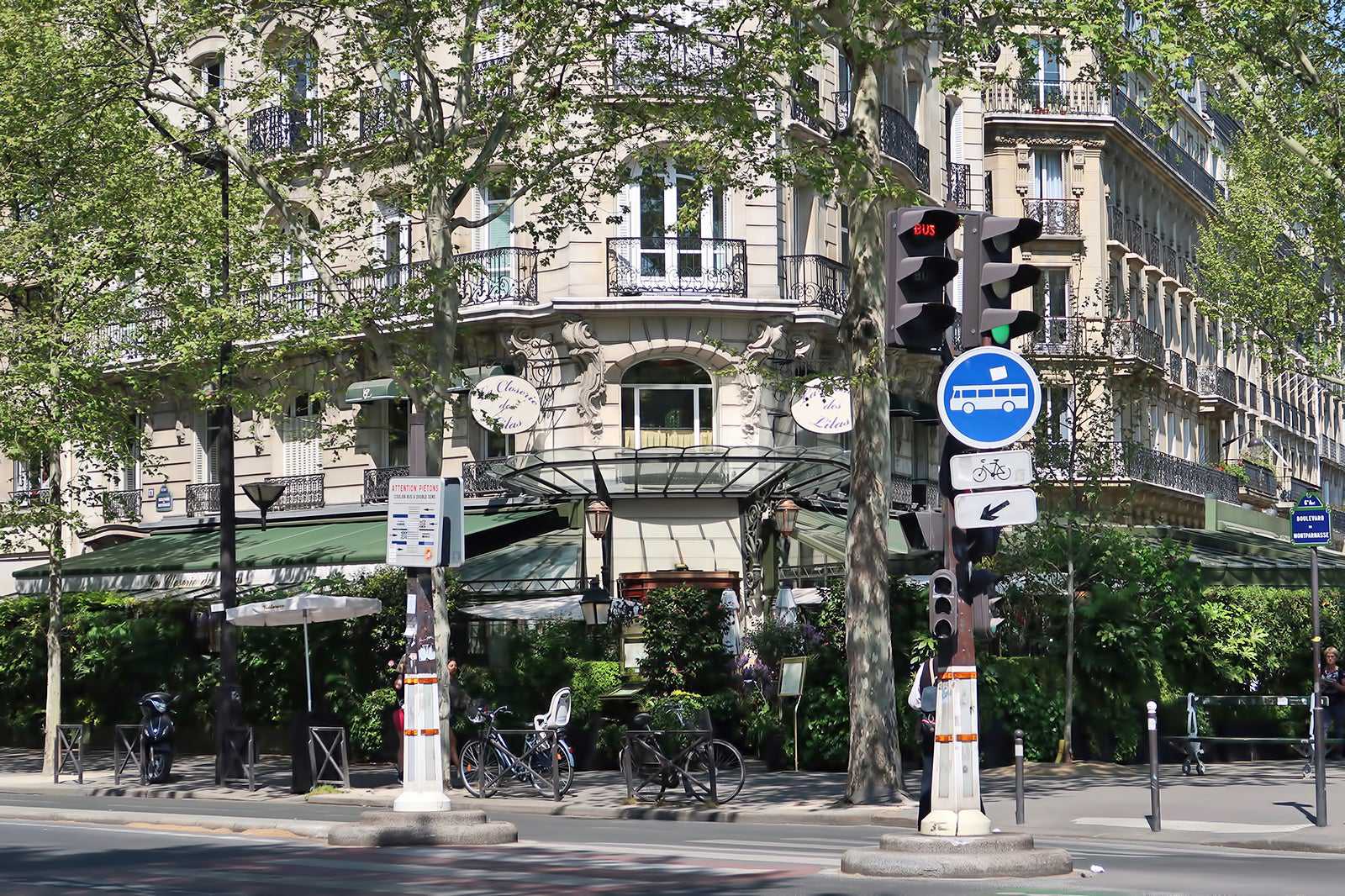
A kép készítője: Celette (CC BY-SA 4.0) módosítva
What are the highlights of the Montparnasse?
Today, Montparnasse is known for its edginess and cultural past. The area does well to nostalgically evoke the glory days of the 1920s and 1930s when it was considered to be one of the engine rooms of the European avant-garde.
To trace those times, be sure to drop into the sleek La Closerie des Lilas bistro. It's a truly Parisian establishment with art deco frontages and a former clientele that includes Ernest Hemingway. Le Dôme is another must-visit, as its coffees were enjoyed by Vladimir Lenin and Pablo Picasso no less.
Once you're done chatting surrealism and existentialism in the coffee shops, there's a stand-out attraction to see in the form of the Paris Catacombs. These haunting underground sepulchres make their home on the south side of Montparnasse. They were built in the late 1700s to deal with overflow from Paris's already overflowing cemeteries. You can descend within the pathways to see entire walls made of human bones and skulls – the catacombs are thought to hold the remains of a whopping 6 million individuals.
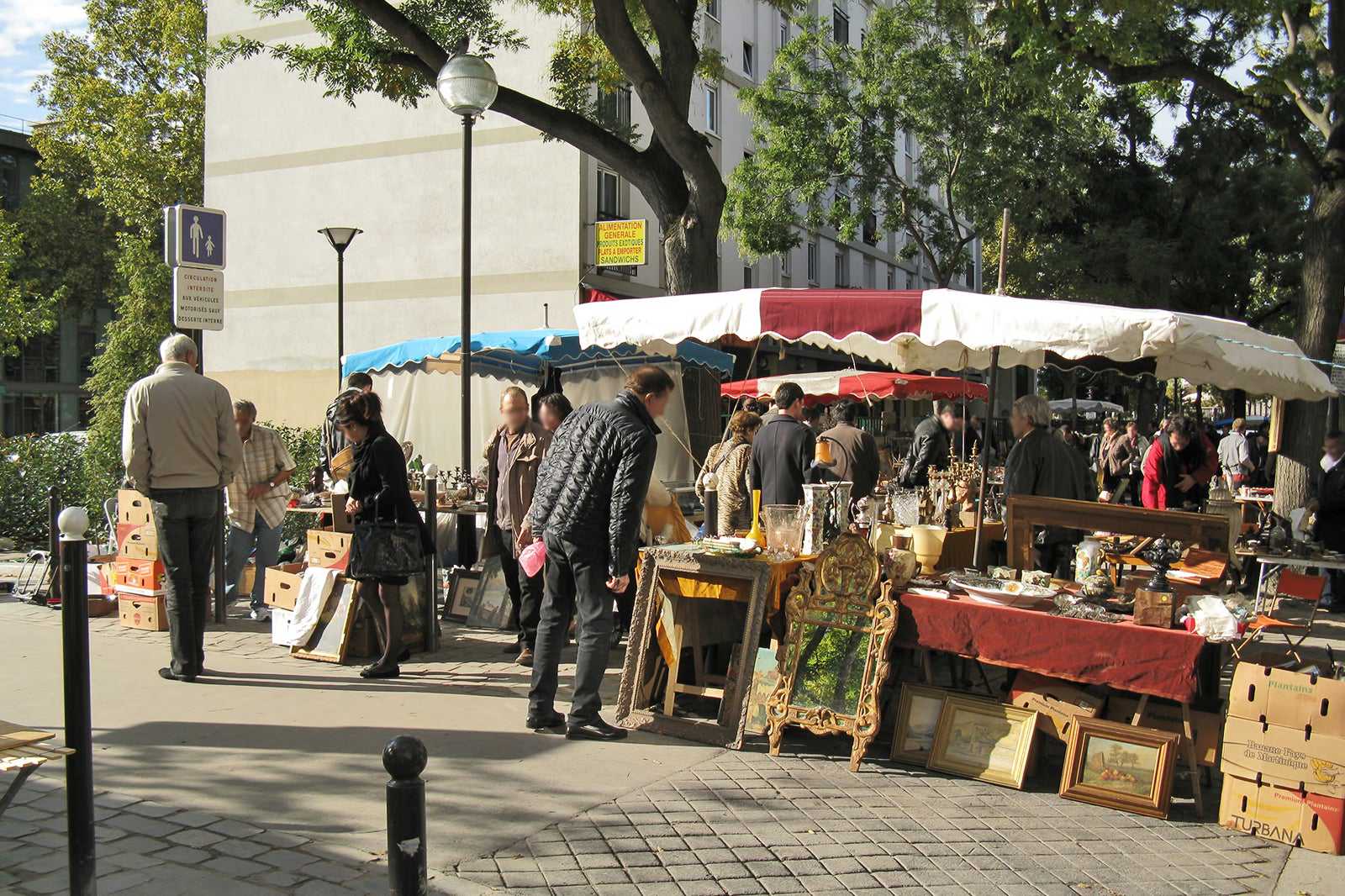
A kép készítője: Demeester (CC BY-SA 3.0) módosítva
Where to go shopping in Montparnasse?
Montparnasse is a fantastic hunting ground for retro shoppers and antique collectors. Markets like the Marché aux Puces de Vanves should be at the top of the list if that's you. It takes place on weekends south of Boulevard Brune, spilling over the avenues with stalls that sell everything from model ships to novelty candles to religious iconography.
Foodies will no doubt prefer the biweekly Marché Edgar-Quinet farmer's bazaar. It happens on the boulevard of the same name, under the huge Tour Montparnasse tower. Drawing a mix of artisan cooks and local producers, there's everything from muddy veg to sourdough bread to sample.
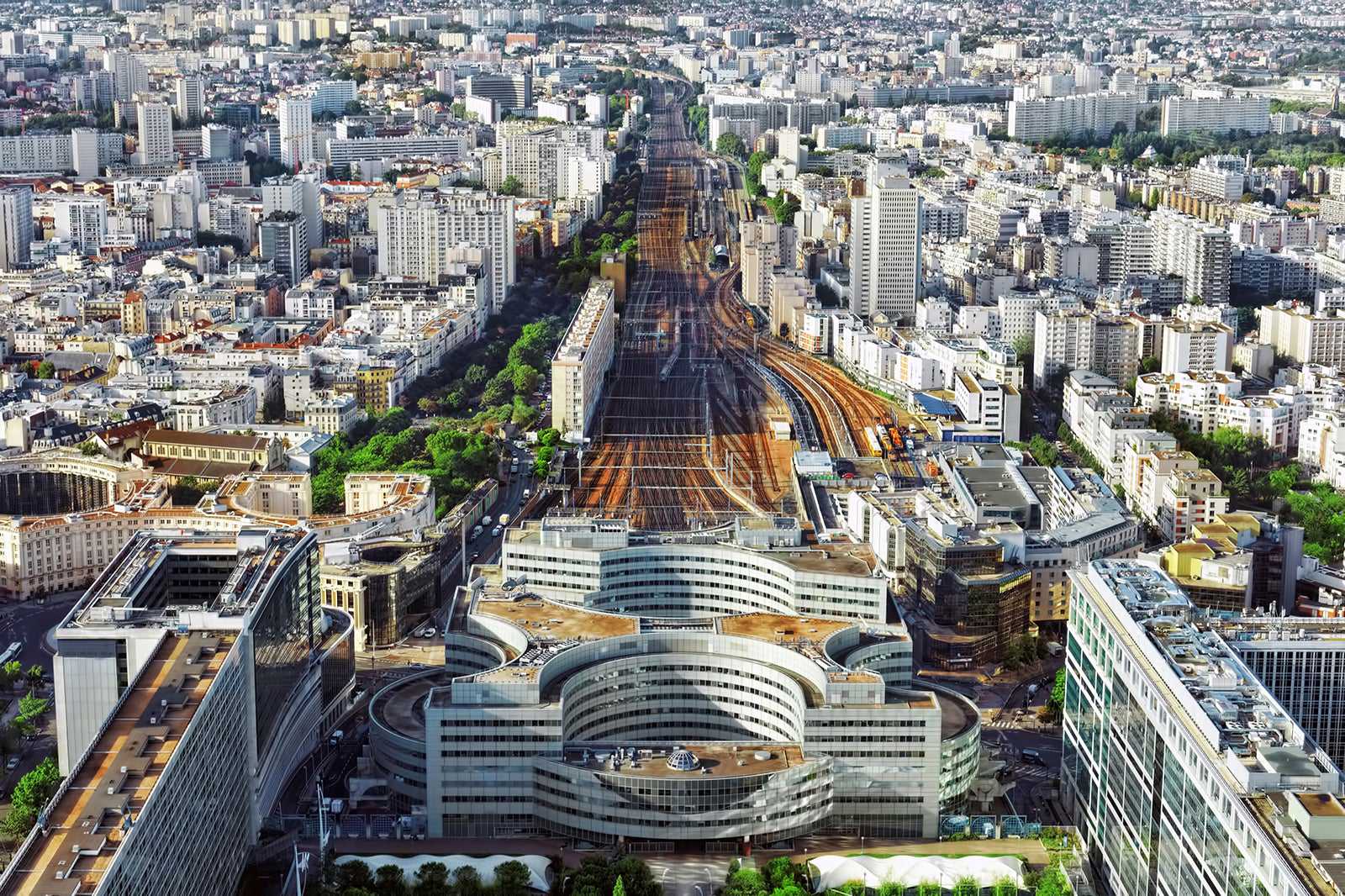
Good to know about Montparnasse in Paris
Montparnasse is relatively easy to reach as it's served by several stops that are linked to the vast Paris Metro network. These include Notre-Dame des Champs, Edgar Quinet, Raspail, and Denfert-Rochereau. There's also a major train station here for those coming in from outside the city. That's the Gare Montparnasse, which has locomotives arriving from southwest France and beyond.
Montparnasse is one of Paris's busiest neighbourhoods. You'll need to watch out for pickpockets and other petty crimes, especially around the metro stations and markets. What's more, the area around Gare Montparnasse is best avoided after dark.
